
Hudson
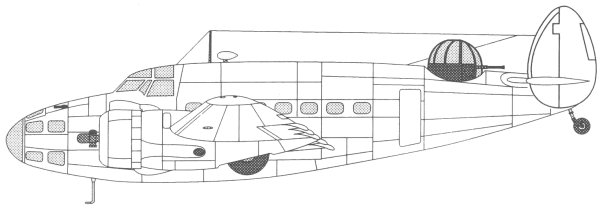
The Kit

The Classic Airframes Hudson comes in a typical CA top open two part box. The artwork on the top is a bit different using an actual photo of what appears to be a ship under attack with the artwork of a Hudson superimposed. Inside the box there are several bags, the largest of which contains all of the injection molded parts with the exception of the clear parts. These are bagged separately and there are also two bags containing resin parts. The primary kit parts are molded in a very light gray almost white color. The parts all have a moderate amount of flash with some of the smaller parts showing a lot of flash. Typical of short run kits the parts have no alignment pins and the sprue attachment points are heavy and best removed using a JLC saw. The fuselage window openings on my kit had a ridge of flash around the edges that will need to be sanded down. The kit features recessed panel lines that on my kit are bit inconsistent. Some will need to be re scribed to look right when finished. The surface finish is smooth and except for a rough edge that was present of the leading edge on one top and bottom wing half, there were no surface defects found on the major airframe parts. The wings feature open leading edge slots. The tires have smooth tread and are not weighted. The kit includes two sets of engine cowlings for the two different engines supplied with the kit. The control surfaces are all fixed and the fabric detail on these is nicely rendered. Altogether there are 84 parts in light gray, but several will not be used depending on which version you decide to build. See photos below. Note: both wing sprues are identical and only one is shown.
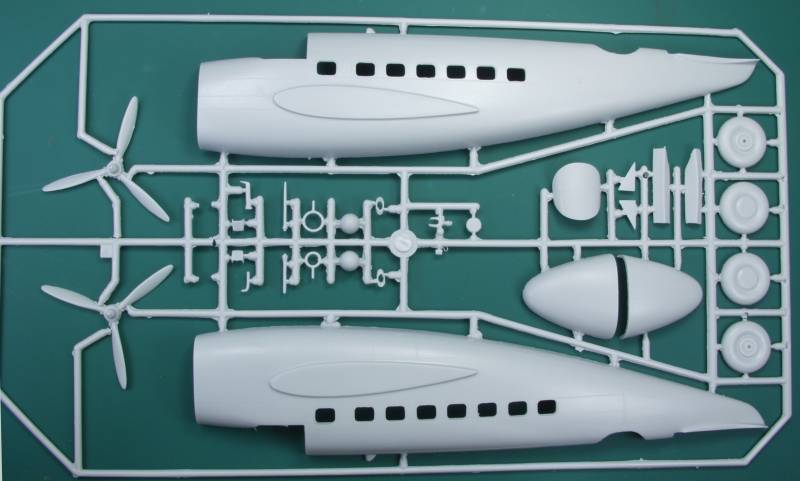
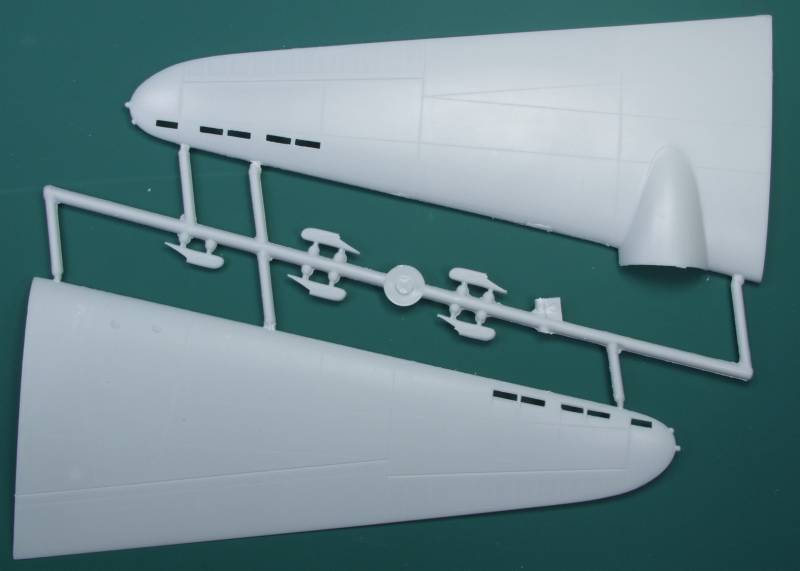
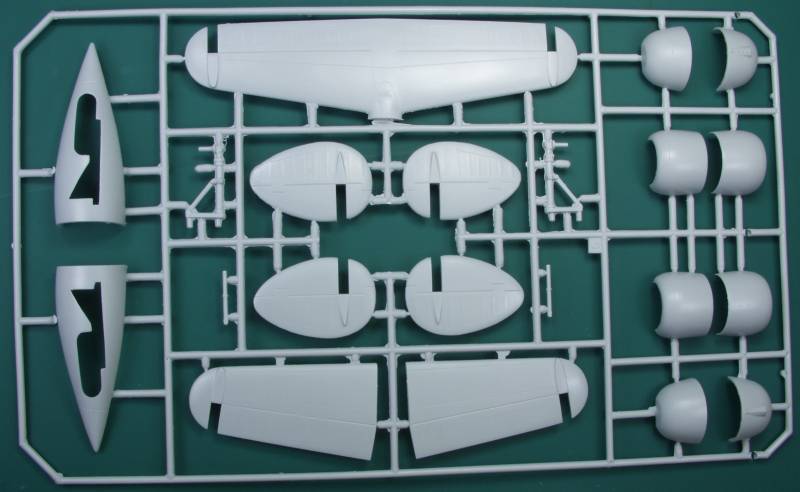
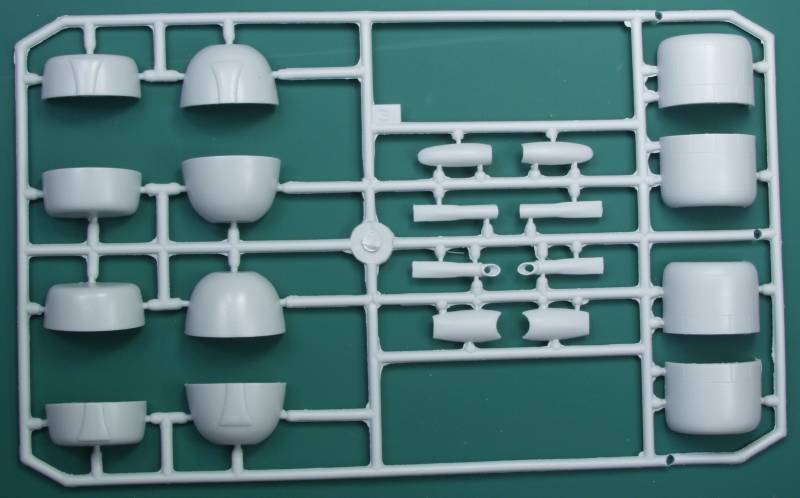
There are two bags of resin parts with the kit, one of these contains the two different engines that come with the kit plus a couple different intakes and the torque scissors for the landing gear. The parts are molded in a tan resin. The detail level is good but there will be a lot of flash to clean up. Some of it is thin and easily removed but some is not and the pour blocks will require some effort to remove without damaging the cylinder heads. The push rod detail on the single row radials is very nicely done and over all I did not find a lot of bubbles or other defects and once cleaned up and painted they should look quite nice. See photo below.
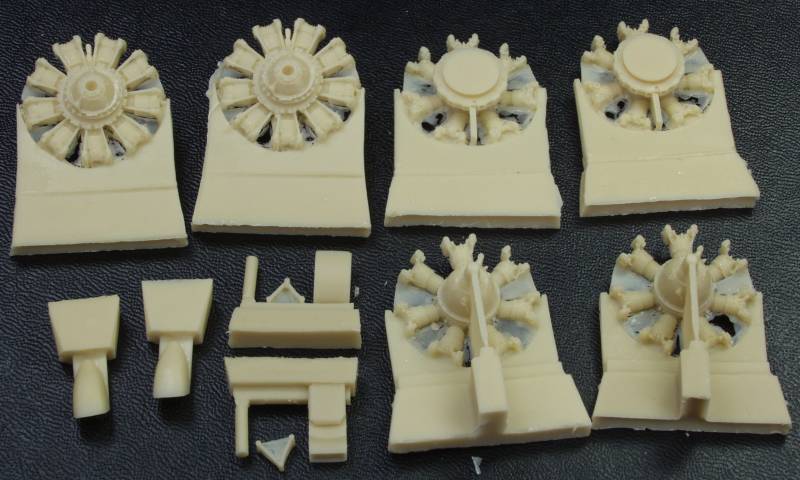
The other bag contains the parts for the interior. These include bulkheads, seats, the instrument panel, control column, guns and other fiddly bits to dress up the cockpit. No interior parts are included for the fuselage area behind the pilot but this area will not be easily seen anyway. These parts had much less flash than the engines are were free of pin holes and surface defects. Altogether there are 46 cast resin parts. See photo below.
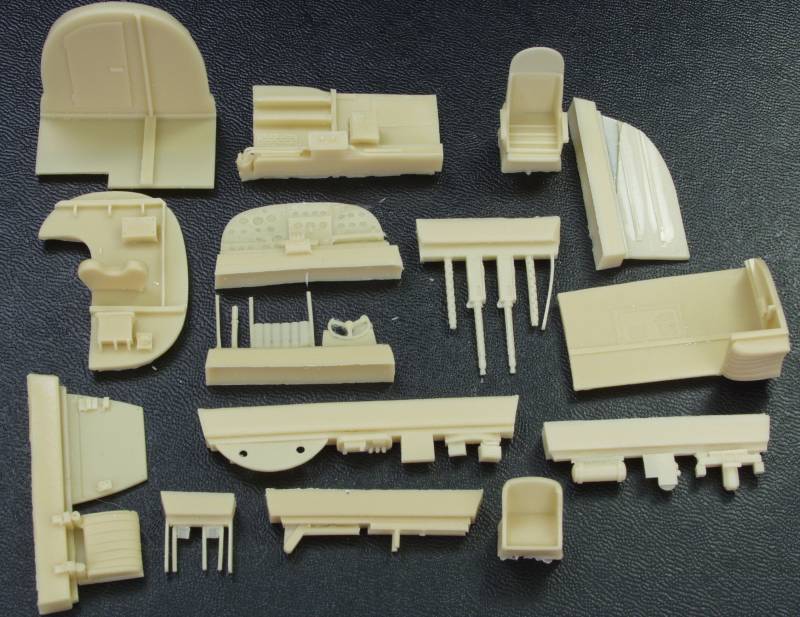
The clear parts were all reasonably clear, the frame elements on the two nose pieces were very faint which will make masking and painting less than easy but the other pieces had well defined frame lines. Two vacuformed pieces with vision blisters are provided depending on the version built. Altogether there are 36 clear parts for a kit grand total of 166 parts for the complete kit. See photo below.
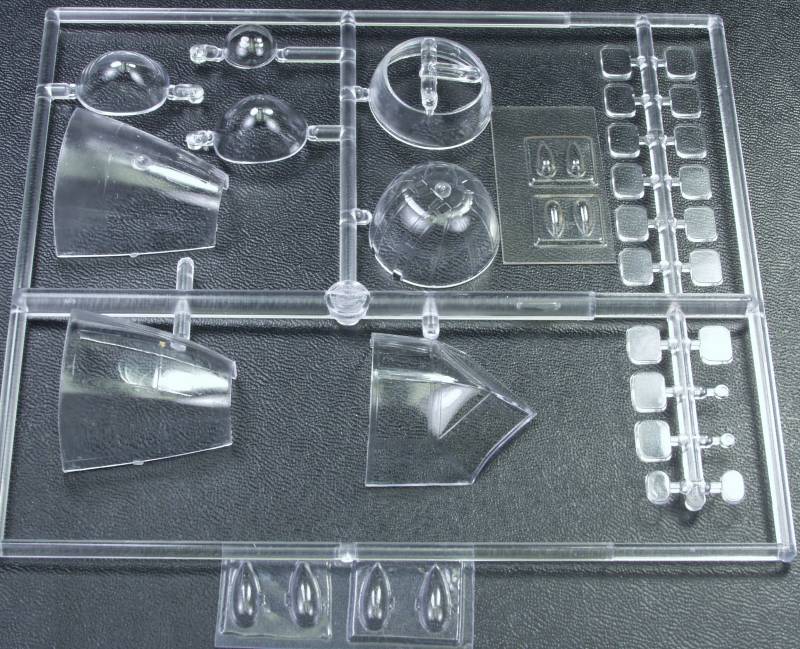
Decals are provided for two aircraft, one for a Hudson I (IV) from No. 1 squadron, RAAF, Malaysia, 1941 and a PBO-1 from VP-82, US Navy, 1942. The decals are thin, glossy and in register and one would expect as they are printed by Microscale. See photo below.
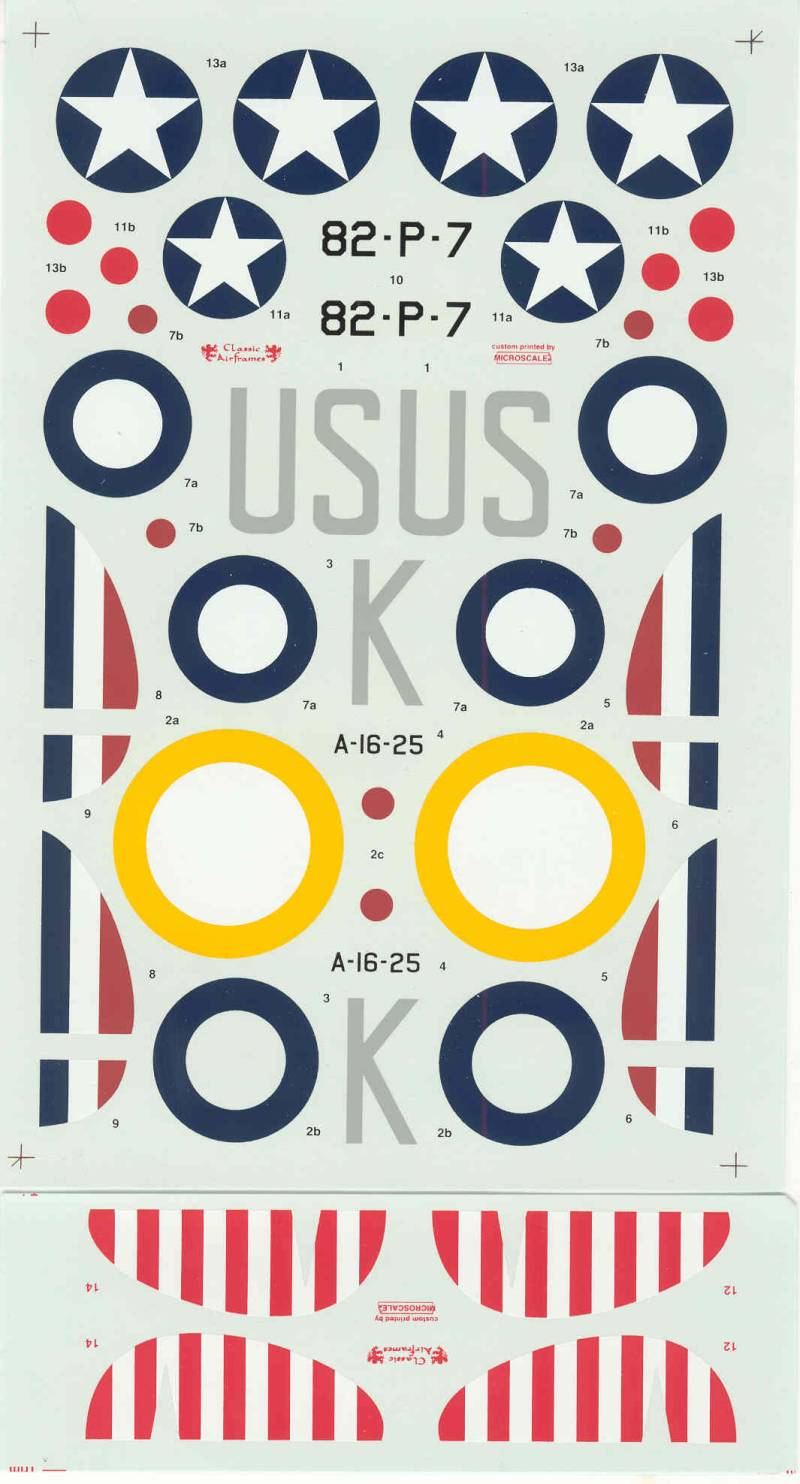
The instructions are standard CA fair, two pages folded in half creating 8 pages. The first page containing history and specifications, the second page with an icon guide, paints required and a parts map, and the balance of the pages devoted to assembly steps. A second page about 8 1/2" x 11" and printed on glossy paper on one side has the painting and marking information.
After Market Goodies
Other than some alternative
decal sheet that were sold by Classic Airframes, I'm not aware of any
other after market items that are available.
Conclusions
This is not one of CA's best kits but was probably equal to other kits that they were releasing at the time. This kit has been out of production for several years now. That said if you treat it like any other limited run kit as far as clean up and test fitting before assembly it can be built into a real beauty and it is still the only option for a Hudson in this scale. Recommended for modelers with some experience in building this type of kit.
Links to kit build or reviews
A build / review can be found here and here.
References
Aircraft Profile # 253, Lockheed Hudson Mks I to VI by Christopher F. Shores